
LLMs Are Interesting, But Physical AI Is About to Reshape Our World
2. In healthcare, AI-powered robotic surgical systems can enhance the precision of procedures and improve outcomes. Physical AI in wearables can help with patient monitoring as well as early detection and diagnosis of diseases. Patients undergoing rehabilitation and their physical therapists will be aided by AI-driven robots that enable and monitor personalized treatment and exercises.
3. In climate tech and the industrial space, Physical AI environmental sensors deployed in complex systems will support real-time monitoring and control of emissions and other outputs, incorporating predictive modeling of climate patterns and local environmental conditions and assist governments and businesses with disaster preparedness planning. Physical AI-based training and automation can address labor shortages and skills gaps, while giving smart factories the predictive maintenance capabilities they need to minimize waste and run at maximum efficiency.
Exploring possibilities with Physical AI
As powerful as current use cases like image analysis and predictive maintenance are, Physical AI’s potential to transform industries and address major global challenges is much greater than the solutions we have today.
Just as organizations are racing to adopt LLM AI tools to build interactive, natural interfaces, it’s wise for organizations to start thinking now about how Physical AI can add value or solve problems. The key, as with any new technology, is to start small and plan methodically, with a problem statement, a data-informed product-market fit and a plan to develop or source the talent needed to make the product or solution a reality. With those elements in place, it’s possible to run a pilot program, fine-tune it and learn from its deployment before scaling up with increasingly large Physical AI use cases.
Starting to explore the possibilities of Physical AI today will give organizations advantages in terms of the learning curve, scaling and progression from basic automation to augmentation and fully autonomous Physical AI. Physical AI is the next frontier of the intersection of the digital and the physical and leveraging all it has to offer is key for industry leaders who want to stay ahead both today and tomorrow.

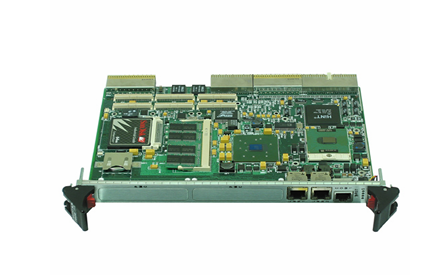



.jpg)
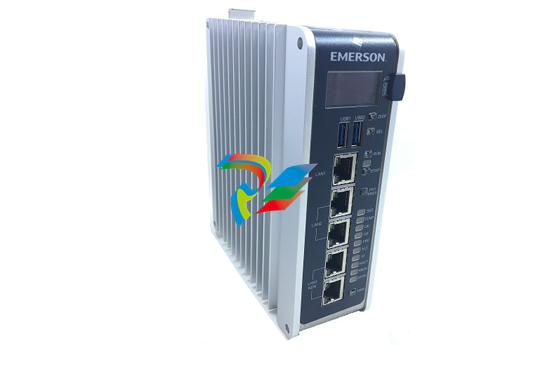
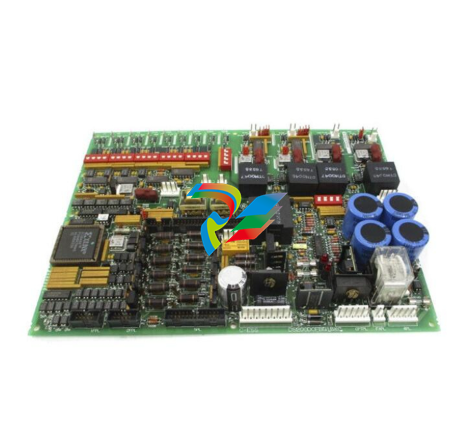
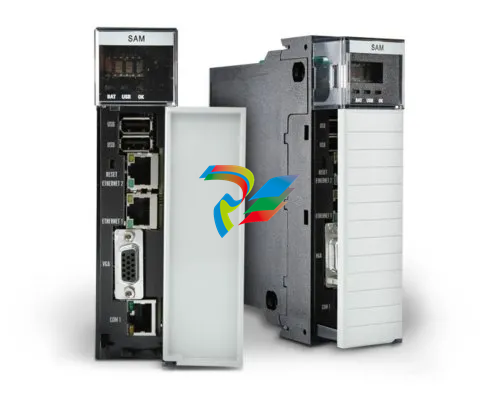
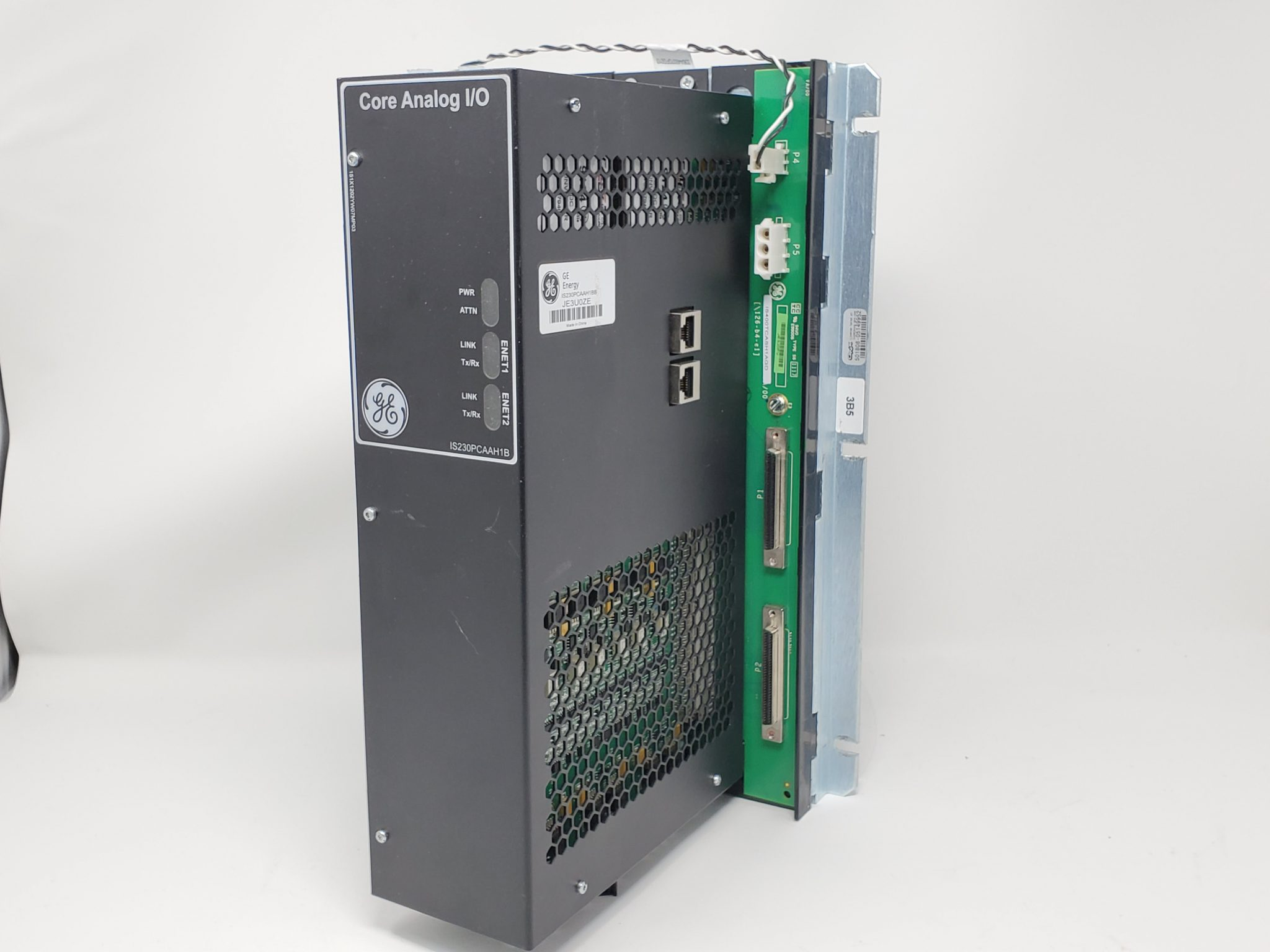






























































.jpg)
.jpg)





.jpg)



.png)
.jpg)

.jpg)
_lVjBYb.jpg)

.jpg)
.jpg)



.jpg)
.jpg)







.jpg)

.jpg)
.jpg)






